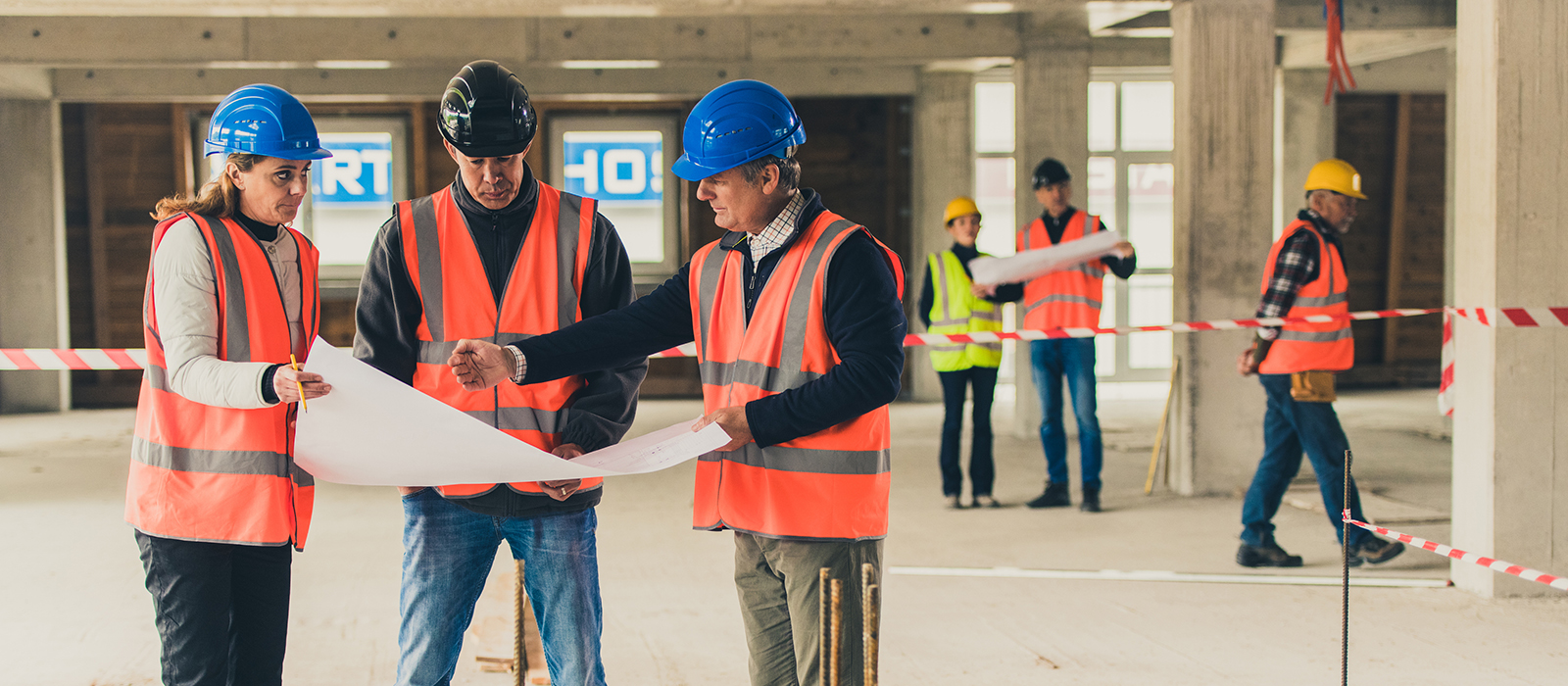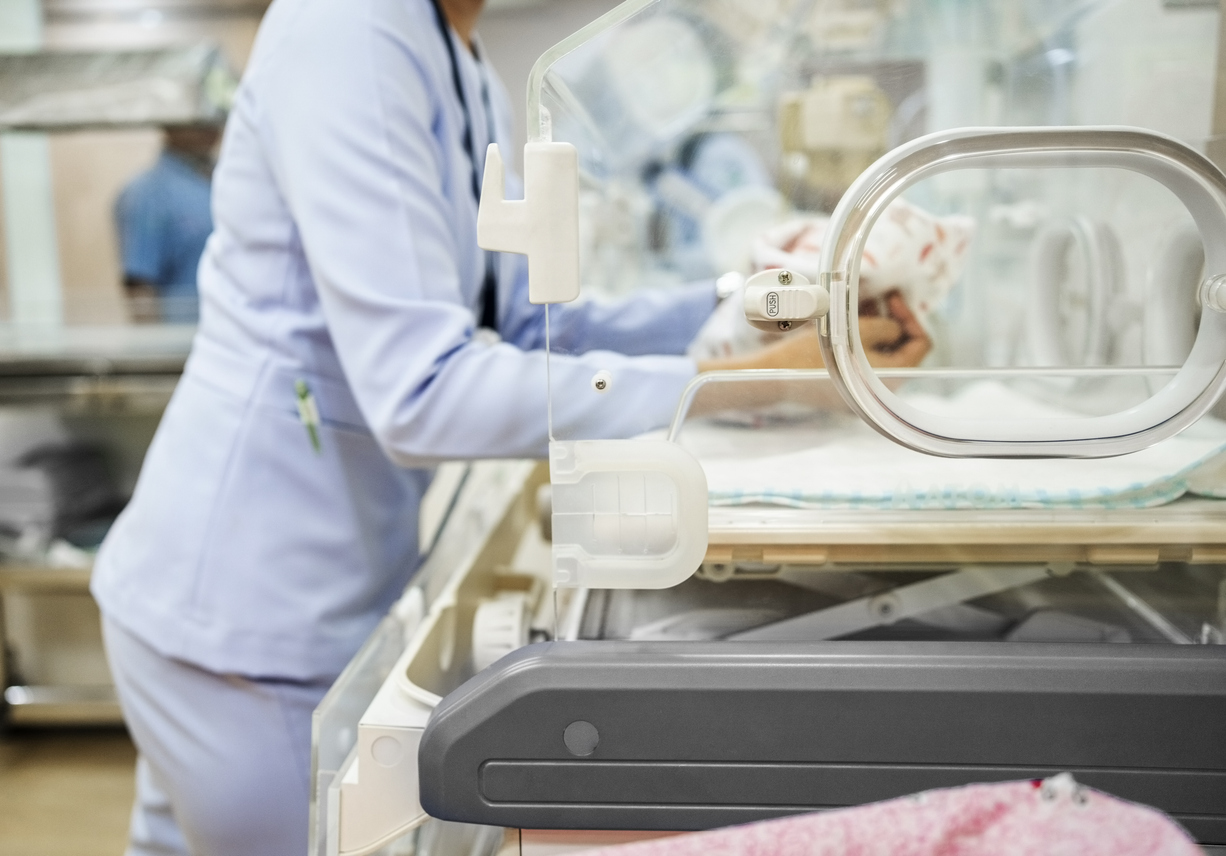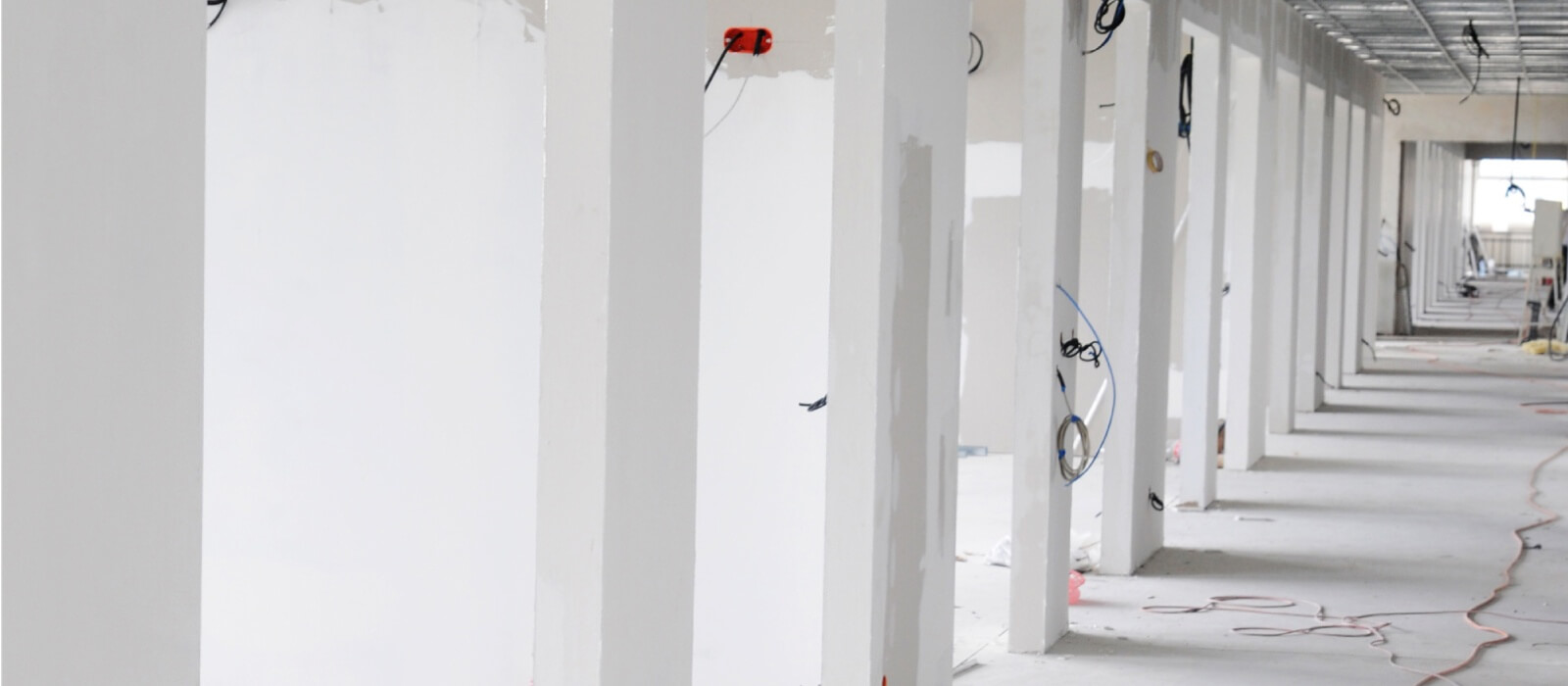Tips for Avoiding Healthcare Construction Site Contamination

Construction is inevitable in healthcare facilities, but it can be complex and risky. Any construction project, whether small or large, can risk exposing patients to dust and mold spores, noise, vibrations, odors or chemicals.
Luckily, by planning ahead and taking necessary precautions, you can protect vulnerable patients while still allowing healthcare-construction projects to move forward. Isolating large-scale projects and utilizing a relative negative pressure for construction sites can reduce many of the risks. However, where hospitals tend to make mistakes is by failing to consider the specific needs of the adjacent areas, which potentially could have unique complexities.
To help minimize the dangers of hospital contamination, the Joint Commission (JC) requires hospitals to perform an Infection Control Risk Assessment (ICRA) and a Preconstruction Risk Assessment (PCRA). While ICRA identifies the risks of patient exposure and the impact to adjacent areas, PCRA assesses fire safety, air quality, and noise impact, etc.
However, despite the best intentions of these risk assessments, deficiencies in the process still happen. Let’s examine the types of problems that occur and how facility managers can handle them.
Common Problems to Ensuring Healthcare Construction Site Infection Safety
- Communication Breakdowns
Successful compliance requires cooperation from a diverse and multidisciplinary group. In addition to facility managers and infection control practitioners, construction sites also have engineers, construction crews, and environmental health and safety officials. Each person involved has a different job and different priorities, so keeping everyone on track with the importance of infection prevention can be a difficult task.
- Failure to Consider Adjacencies
As mentioned above, this is a common mistake hospitals make. The pressurization of areas adjacent to, above, and below a construction site should be considered carefully to ensure monitoring goes beyond the corridor and extends to all potentially affected areas.
- Lack of Monitoring
It’s easy to get caught up in projects and fall out of a routine monitoring schedule. However, just like general pressurization is important to track and review, construction site pressurization also requires routine checks to stay compliant.
What Facility Managers Can Do to Reduce Healthcare Construction Infection Risks
Now that the key problems have been identified, let’s go over the behaviors and practices facility managers can implement to avoid or solve them.
- Checklists: Compile a standardized checklist ranked by risk and make sure every member of your team has the information they need to address each potential risk before a problem occurs.
- Contractor “report cards”: Help your contractor know exactly what to expect before stepping foot in your hospital. If at all possible, hire a construction crew with experience working in sensitive areas. Setting expectations up front and following up with periodic “report cards” will help keep everyone on the same page.
- Holding meetings, acquiring permits, documenting: Be vigilant about communicating with your team and keep documentation of all necessary paperwork and processes.
- Routine audits: Plan to do at least weekly audits of the construction site to ensure ICRA standards are met and additional problems haven’t occurred.
- Implement a Formal Ventilation Management Plan: Consider adopting guidance like ASHRAE Guideline 43 to develop a formal, written ventilation management plan. This plan provides clarity on monitoring frequency, documentation, and how to proactively respond to any short-duration pressure, temperature, or humidity excursions.
- Automated monitoring: With 24/7 automated monitoring, there are multiple control measures put into place to contain and minimize contaminants. By providing advanced warning of a problem, an automated monitoring system can help your team respond and fix an issue before it negatively impacts patients, while also avoiding construction shutdowns.
Having a plan in place — and ensuring that all parties involved are on board with that plan — will help keep your facility safe and your patients unharmed.
EH&E has deep experience in healthcare facility construction planning, risks, and regulations, as well as design reviews and third-party commissioning services. If you are planning new construction or are or will soon be experiencing construction nearby, we have experts available to discuss your issues and concerns.
Subscribe
to our blog
"*" indicates required fields





